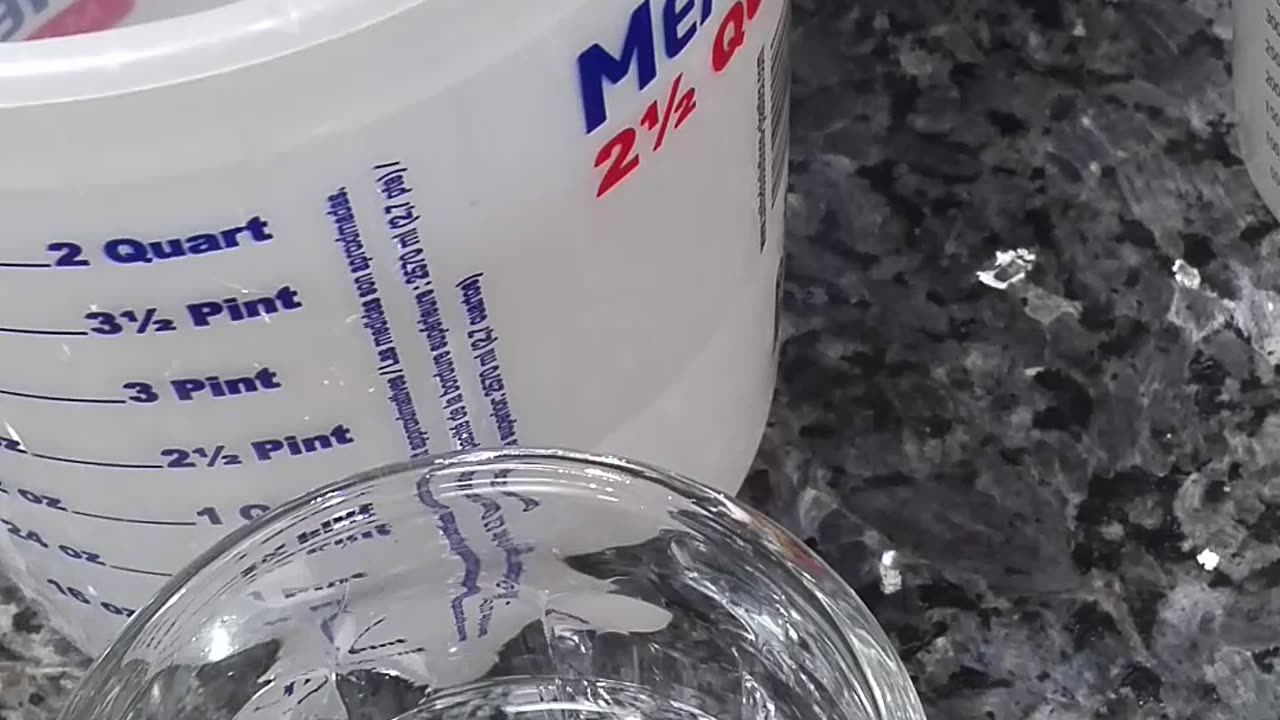Premium Only Content

TDS x3 RO product, RO brine and raw (tap water). Hardloop, reject rate and... Read description
Also upcoming video of why I do not like tankless RO systems. Social Media Accounts are only for you to see.
******** I DO NOT reply to messages here or on any social site.*********
*
But on Service Calls, I am more than happy to answer any and every question you might have. Even more helpful tips and insight. I am very passionate about water.
*
In this video, I am starting the annual service for the reverse osmosis system. The water I collect in the mixing containers is the RO product 22 (what is filling the tank) RO brine 3xx (the waste water that goes to drain). And the incoming tap water 220 feeding the RO system, to be conditioned. The brine water is fine gray water, it is potable still too I just prefer my drinking water to have less dissolved solids. As well sometimes I will add some pink Himalayan salt to the water for sodium and other trace elements. And finally the raw (tap) water, this is what is supplying the RO. In most manuals I have read, they strongly suggest having soft water for water supplies above 10 grains. These systems (most/all) will work with hard water above this but you may need to replace the membrane filter sooner. Personally I change my membrane every other year if it is still testing and performing up to snuff. The rejection rate for this system was 90% meaning that 9 out of every 10 measurable ppm's (parts per million) of TDS (total dissolved solids) are being removed or rejected. Some of these are bad and we don't want to drink them. But some are also good and we could drink them. There will be an upcoming video (eventually) showing a collection bin for the brine water to use to water plants instead of running to the sewage or septic system (if the home doesn't have a gray water collection setup).
The collection of the product and brine water is used to determine the recovery rating of the RO system. What water is being caught and usable to drink compared to what is going to the drain. As the tank fills and approaches full the recovery rate goes down. Some systems can have a Ppump installed to make the recovery more efficient and relieve strain on the membrane filter (upcoming video).
-
 LIVE
LIVE
StoneMountain64
4 hours agoBattlefield REDSEC $100k tourney tomorrow
82 watching -
 LIVE
LIVE
GritsGG
2 hours ago#1 Most Warzone Wins 3957+!
47 watching -
 2:00:02
2:00:02
The Quartering
3 hours agoDemocrat Civil War After Collapse, Viral Wedding Ring Insanity, New Trump Pardons & Huge Trans Ban
138K46 -
 LIVE
LIVE
ZWOGs
2 hours ago🔴LIVE IN 1440p! - ARC RAIDERS! Grinding XP and Upgrades! - Come Hang Out!
96 watching -
 LIVE
LIVE
Meisters of Madness
25 minutes agoNinja Gaiden 4 - Quest for The Master Difficulty
183 watching -
 25:52
25:52
Stephen Gardner
1 hour ago🔥Adam Schiff OBLITERATED by Trump's NEW EVIDENCE!
8.44K16 -
 LIVE
LIVE
Dad Saves America
5 hours agoMamdani and Fuentes Have Captured Our Kids. Can We Get Them Back?
64 watching -
 LIVE
LIVE
LFA TV
19 hours agoLIVE & BREAKING NEWS! | MONDAY 11/10/25
1,223 watching -
 2:27
2:27
GreenMan Studio
2 hours agoAUSTRALIA A PSYOP?! W/Greenman Reports
16 -
 1:16:02
1:16:02
Russell Brand
3 hours agoTHE TRUST CRISIS — Vaccines, Obama’s Image & Gates’ Agenda - SF648
91.1K8